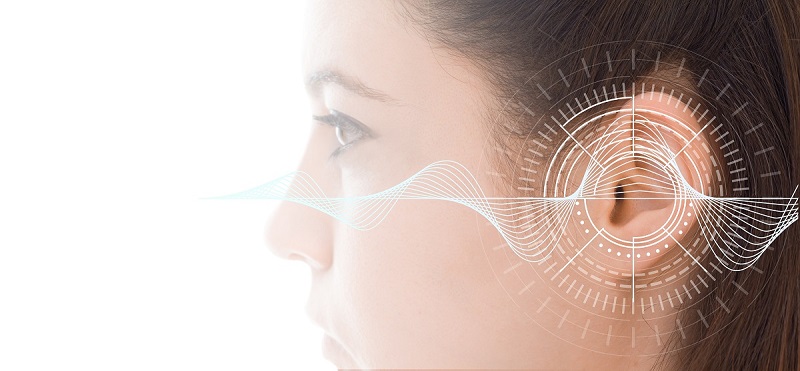Hearing Aid Technology for Seniors: Addressing Age-Related Challenges

As we age, it is natural for our bodies to undergo various changes, and our sense of hearing is no exception. Age-related hearing loss, also known as presbycusis, is a prevalent condition affecting many seniors worldwide. Fortunately, advancements in hearing aid technology have been tailored to address the specific challenges faced by older adults with hearing impairments. In this article, we will explore the impact of age-related hearing loss on seniors, their unique challenges, and how modern hearing aid technology is designed to enhance their quality of life.
Age-Related Hearing Loss: Understanding the Challenges
Age-related hearing loss is a progressive condition typically affecting both ears. The natural aging process causes it. It often results from changes in the inner ear, including the deterioration of hair cells and other delicate structures responsible for sound transmission to the brain.
Seniors experiencing age-related hearing loss may encounter several challenges, such as:
- Communication Difficulties: Struggling to follow conversations in noisy environments, group settings, or during phone calls can lead to feelings of isolation and frustration.
- Social Withdrawal: Difficulty understanding speech can lead seniors to withdraw from social activities, causing a decline in mental and emotional well-being.
- Cognitive Load: The constant effort to decipher sounds and speech can impose cognitive strain, potentially affecting memory and cognitive functions.
- Safety Concerns: Hearing loss can hinder detecting important sounds, such as sirens, alarms, or approaching vehicles, posing safety risks.
Addressing Age-Related Hearing Challenges with Hearing Aid Technology
Modern hearing aid technology has made significant advancements, with features specifically designed to cater to the needs of seniors with age-related hearing loss:
- Digital Signal Processing: Digital hearing aids use advanced algorithms to differentiate between speech and background noise, enhancing speech clarity and comprehension.
- Directional Microphones: Hearing aids with directional microphones can focus on sounds from the front, minimizing distractions from surrounding noise sources.
- Telecoil Technology: Many hearing aids now come with telecoil (T-coil) technology, allowing seniors to connect to loop systems in public venues like theaters and churches for improved sound amplification.
- Feedback Cancellation: Feedback or whistling noises that can occur with hearing aids are effectively reduced with feedback cancellation technology.
- Connectivity Features: Hearing aids equipped with Bluetooth technology can connect wirelessly to smartphones, televisions, and other compatible devices, streamlining communication and entertainment.
- Rechargeable Options: Rechargeable hearing aids eliminate the need to replace disposable batteries frequently, making maintenance easier for seniors.
Overcoming Stigma and Emotional Barriers
In addition to technological advancements, addressing the emotional and psychological barriers that may prevent seniors from seeking help for their hearing loss is essential. Many seniors may hesitate to use hearing aids due to stigma, misconceptions, or a sense of denial.
Education and awareness are crucial in encouraging seniors to embrace hearing aids as valuable tools to improve their quality of life. Providing accurate information about hearing loss and dispelling myths can empower seniors to make informed decisions regarding their hearing health.
Conclusion
Age-related hearing loss is a prevalent challenge many seniors face, impacting their ability to communicate, engage socially, and maintain overall well-being. However, modern hearing aid technology offers effective solutions tailored to older adults’ specific needs. By using digital signal processing, directional microphones, telecoil technology, and connectivity features, hearing aids can significantly improve speech clarity, reduce background noise, and enhance the overall listening experience for seniors.
Empowering seniors to overcome emotional barriers and embrace hearing aids as essential devices is equally vital. Raising awareness about hearing health, reducing stigma, and providing support and guidance can help seniors embrace hearing aid technology and enjoy improved communication, connection, and enjoyment of the world around them. With the right approach, seniors can reclaim their sense of hearing and fully participate in the vibrant tapestry of life.